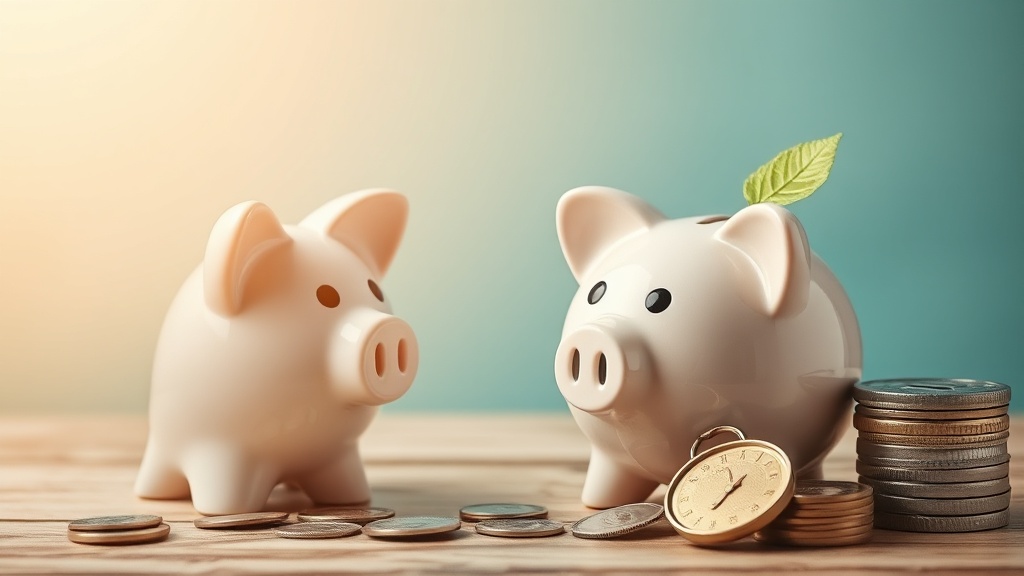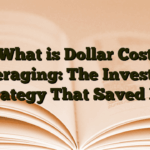How Much Should You Have in Emergency Fund: The Financial Safety Net That Saved My Life
Let me tell you about the worst financial decision I ever made. Actually, it wasn’t a decision at all. It was the complete absence of one.
Three years ago, I lost my job on a Tuesday morning. By Thursday afternoon, my car needed a $1,200 repair. That weekend, my laptop died. I had exactly $380 in my checking account and zero emergency savings. Within two weeks, I had racked up $3,000 in credit card debt at 22% interest just to survive.
That disaster taught me something every financial advisor preaches but nobody really understands until they live through it. An emergency fund isn’t just nice to have. It’s the difference between a temporary setback and a financial catastrophe that takes years to recover from.
The Standard Rule: 3 to 6 Months of Expenses
Financial experts recommend saving three to six months of essential living expenses in your emergency fund. Not your income. Your expenses. That’s a critical difference most people miss.
If your monthly bills total $3,000, you need between $9,000 and $18,000 sitting in an accessible account. Sounds like a lot, right? That’s because it is. And that’s exactly the point.
The three-month minimum works if you’re in a dual-income household with stable jobs and good health insurance. The six-month target makes more sense for single-income households, freelancers, or anyone working in industries known for layoffs.
Here’s the calculation I use. Take your monthly expenses and multiply by the number of months of coverage you want. Simple math, but getting that number right requires brutal honesty about what you actually spend.
Start With $1,000 Then Build From There
Looking at a $15,000 savings goal when you have $200 in the bank is overwhelming. I get it. That’s why the first milestone is different.
Save $1,000 as fast as humanly possible. Sell stuff. Pick up extra shifts. Cancel subscriptions. This initial $1,000 covers most minor emergencies. A flat tire. An urgent care visit. A broken phone.
Research from Vanguard shows that having at least $2,000 saved leads to a 21% increase in financial well-being. Even that modest amount provides psychological relief and actual protection.
Once you hit $1,000, shift your focus to paying off high-interest debt while building your fund slowly. After the debt is gone, attack that three to six month goal aggressively. This is the same strategy that makes compound interest work for you instead of against you.
Where to Actually Keep Your Emergency Fund
Your emergency fund needs to be boring, accessible, and safe. This is not investment money. This is insurance.
High-yield savings accounts are the best option for most people. As of late 2025, top rates hover around 4.0% to 5.0% APY. That’s significantly better than the 0.40% national average for traditional savings accounts.
Money market accounts work too, especially if you want check-writing ability for immediate access. Some come with debit cards, making it easy to tap funds during actual emergencies.
Here’s what you absolutely should not do. Do not invest your emergency fund in stocks. Do not put it in a CD you can’t access without penalties. Do not keep it all in cash under your mattress.
The account should be FDIC-insured up to $250,000, separate from your checking account to avoid temptation, and accessible within 24 to 48 hours maximum.
Special Circumstances That Change the Math
The standard three to six months recommendation doesn’t work for everyone. Your situation might require more.
If you’re self-employed or run your own business, save six to twelve months of expenses. Your income fluctuates. You don’t have unemployment insurance as a safety net. The stakes are higher.
Retirees need even more. Financial advisors recommend 18 to 24 months of essential expenses for people living on fixed incomes. No regular paycheck means a bigger cushion protects against having to sell investments during market downturns.
If someone in your household has a chronic illness, plan for higher medical expenses and potential income disruption. If you work in an industry vulnerable to economic downturns like hospitality or construction, lean toward the higher end of the range.
I know a freelance writer who keeps nine months of expenses saved. Seems excessive until you remember that her income can swing from $8,000 one month to $2,000 the next. That larger fund lets her sleep at night.
The Biggest Emergency Fund Mistakes I See
Not having an emergency fund at all tops the list. According to Bankrate’s 2025 report, 59% of Americans can’t cover a $1,000 unexpected expense. That’s not a personal failure. It’s a systemic problem. But knowing that doesn’t help when your water heater dies.
Saving too little is almost as bad. A $500 emergency fund might cover a small car repair. It won’t cover job loss or a medical emergency. If you stop at $1,000 and never build beyond it, you’re still vulnerable.
Investing emergency funds in the stock market is another common mistake. Yes, stocks historically return more than savings accounts. But you know what else stocks do? Drop 30% right when you lose your job and need that money. Emergency funds require stability, not growth.
Using the fund for non-emergencies kills me every time I see it. A vacation is not an emergency. Holiday shopping is not an emergency. A new TV because yours is five years old is not an emergency. If you’re not genuinely surprised by the expense, it doesn’t qualify.
Mixing emergency savings with other goals creates confusion and temptation. Keep the money separate. Label it clearly. This is not vacation money or down payment money. This is survival money.
How Emergency Funds Fit Into Your Overall Financial Strategy
An emergency fund comes before almost everything else in personal finance. Before investing in stocks or trying your hand at trading, you need this foundation.
The priority order looks like this. Build your initial $1,000 emergency fund. Pay off high-interest debt like credit cards. Then fully fund three to six months of expenses. After that, focus on retirement contributions and other investments.
Think of it as financial risk management. Just like traders protect their accounts with stop losses and position sizing, you protect your life with emergency savings.
Once your emergency fund is complete, that’s when you can explore building wealth through dividend stocks or other investment strategies. The emergency fund gives you permission to take calculated investment risks because you’ve protected the downside.
Building Your Fund Without Destroying Your Life
Saving thousands of dollars sounds impossible when you’re living paycheck to paycheck. I understand that completely. Here’s how to make it happen without eating rice and beans for two years.
Automate everything. Set up automatic transfers from checking to savings on payday. Start with whatever you can afford. Even $50 per paycheck adds up to $1,200 per year.
Use windfalls strategically. Tax refunds, work bonuses, birthday money, whatever. Resist the urge to spend it all. Put at least 50% toward your emergency fund until you hit your goal.
Cut one major expense temporarily. Cancel the streaming services you barely use. Meal prep instead of ordering takeout. Drive for Uber on weekends. These sacrifices don’t last forever. They last until your fund is built.
The key is consistency over perfection. Saving $100 per month for 30 months builds $3,000. It’s not fast. It’s not exciting. But it works.
When to Actually Use Your Emergency Fund
Real emergencies are sudden, necessary, and urgent. Job loss qualifies. Major medical expenses qualify. Essential home repairs like a broken furnace in winter qualify. Car repairs that prevent you from getting to work qualify.
Wants disguised as needs don’t qualify. Be honest with yourself. If you have time to think about whether something is an emergency, it probably isn’t.
When you do use the fund, replenish it immediately. Treat rebuilding it as your top financial priority until it’s back to full strength. Emergencies often come in waves. The next crisis hits harder if your fund is depleted.
The Reality Check: Life After Building Your Fund
Having a fully funded emergency fund changes everything. You stop living in constant financial anxiety. You can handle surprises without panic. You sleep better.
When my car needed a $1,800 transmission repair last year, I didn’t stress. I transferred money from savings to checking and paid cash. No credit card debt. No payment plan. Just a quick hit to savings that I rebuilt over the next three months.
That’s the power of preparation. That’s what financial security actually feels like.
Most Americans don’t have this safety net. According to recent data, over half of people are uncomfortable with their emergency savings levels. You can be different. You can build this protection for yourself.
Start Building Your Emergency Fund Today
Stop reading and take action right now. Open a high-yield savings account if you don’t have one. Set up an automatic transfer for next payday. Write down your monthly expenses and calculate your target emergency fund amount.
The math is simple. The execution is hard. But the alternative is worse.
I learned this lesson the expensive way. You don’t have to. Start with $1,000. Then build to three months. Then six. The timeline doesn’t matter as much as starting today.
Your future self, facing whatever emergency life throws at you, will thank you for building this safety net. Trust me on that.






